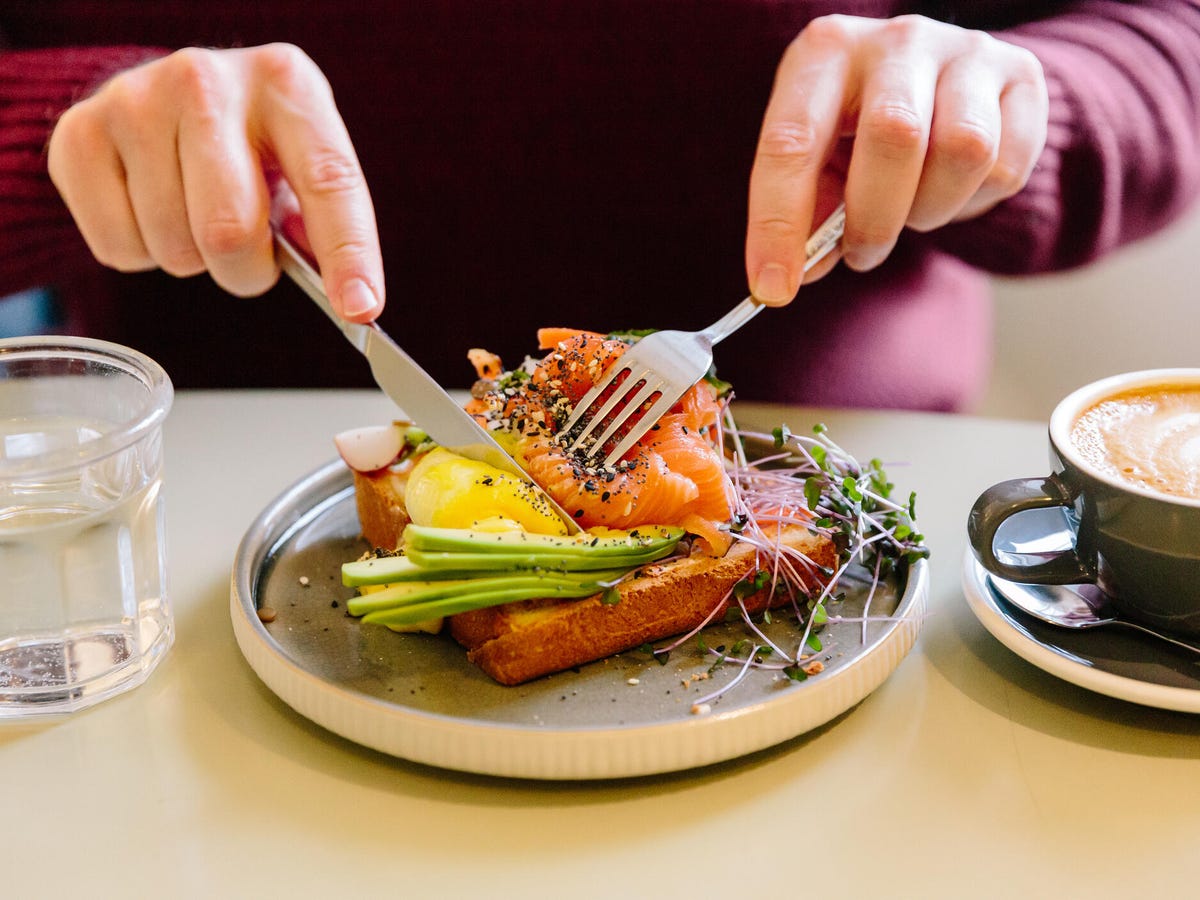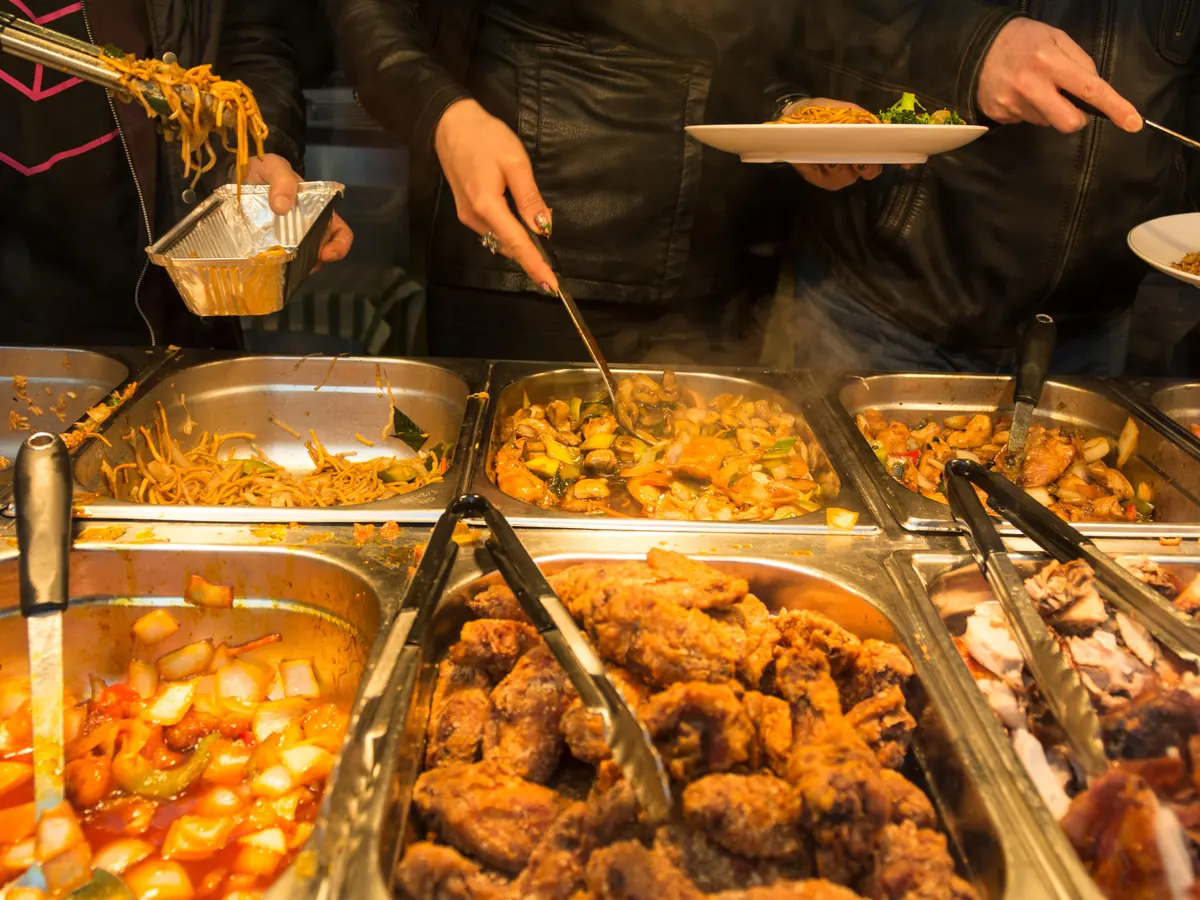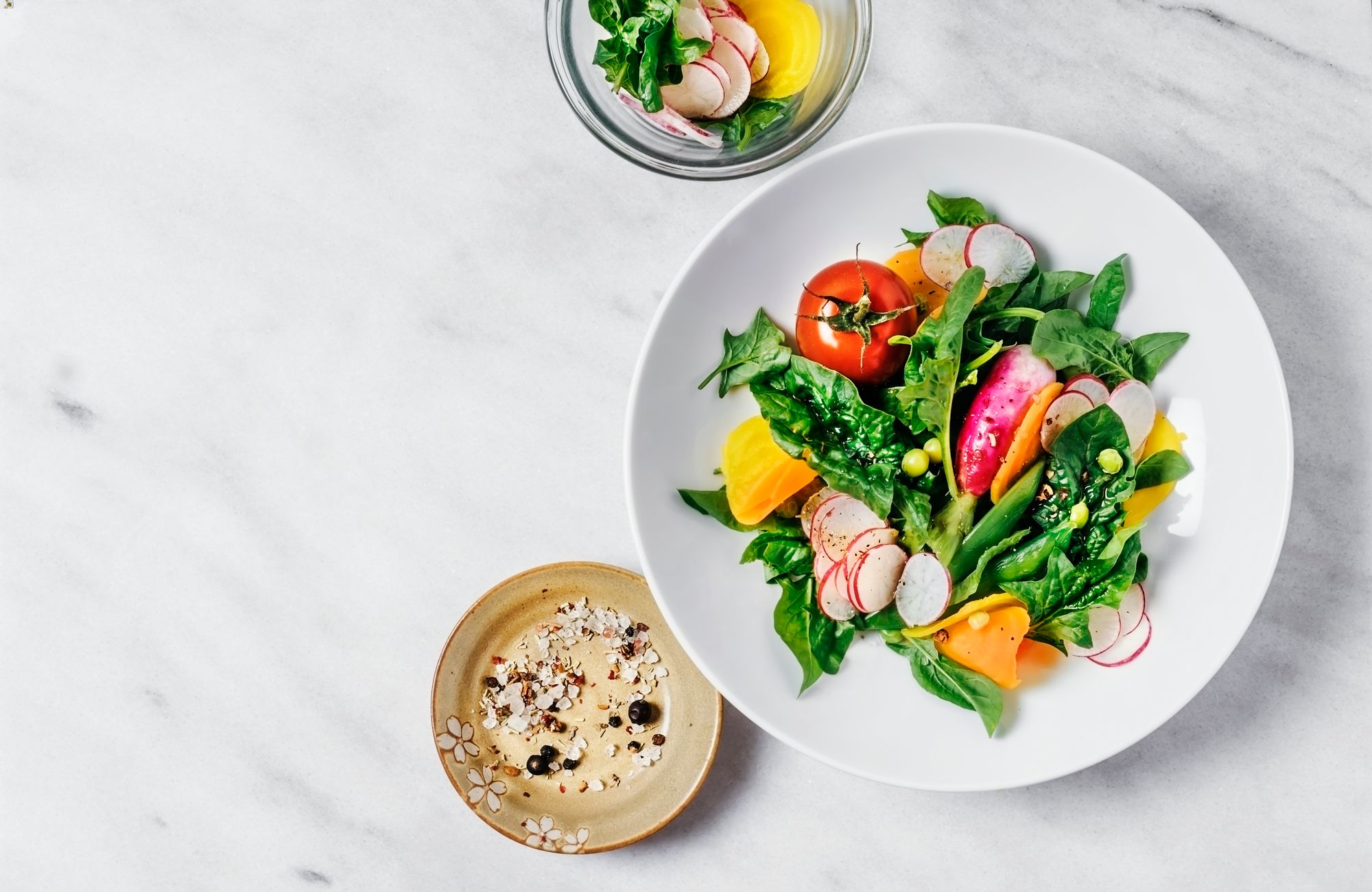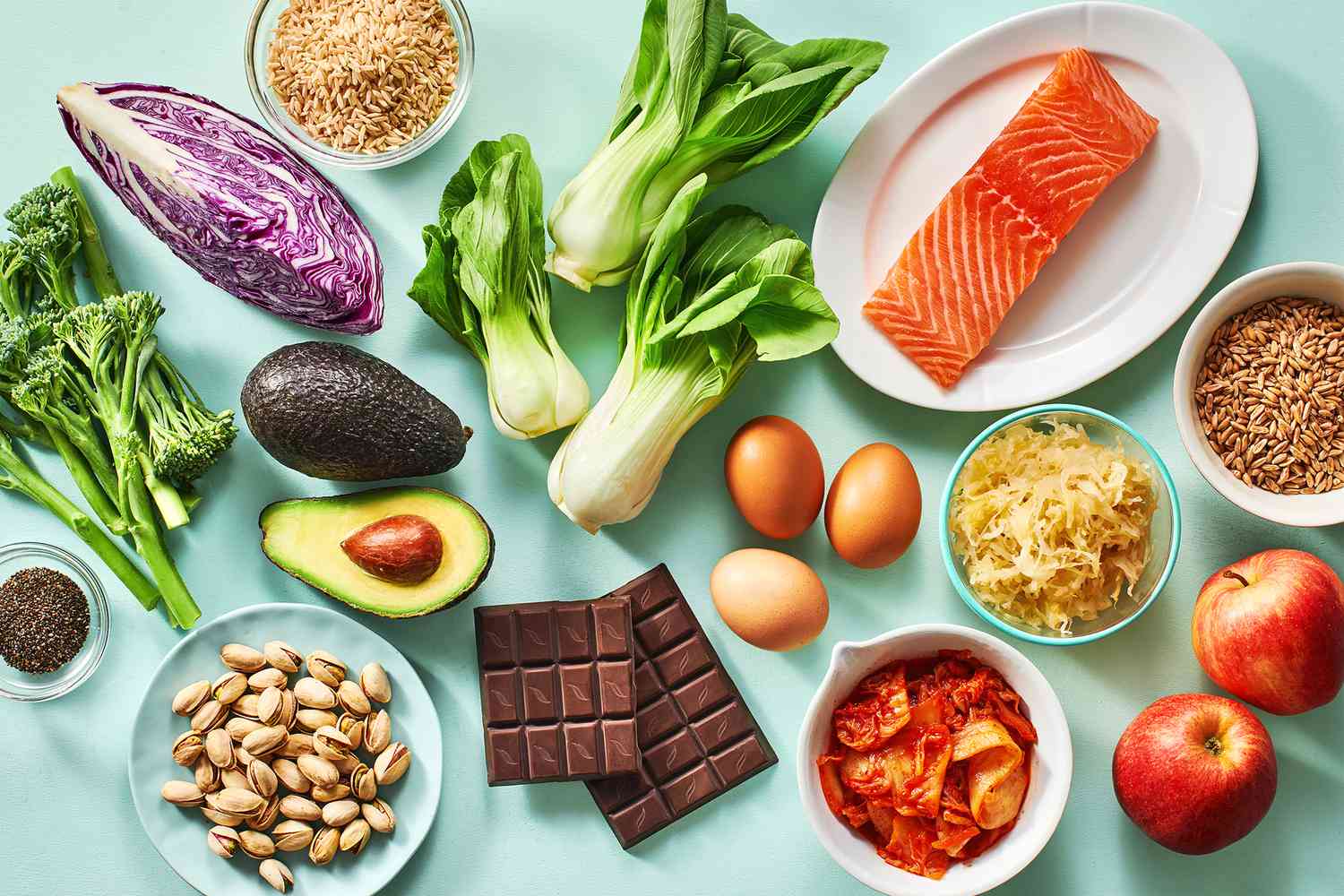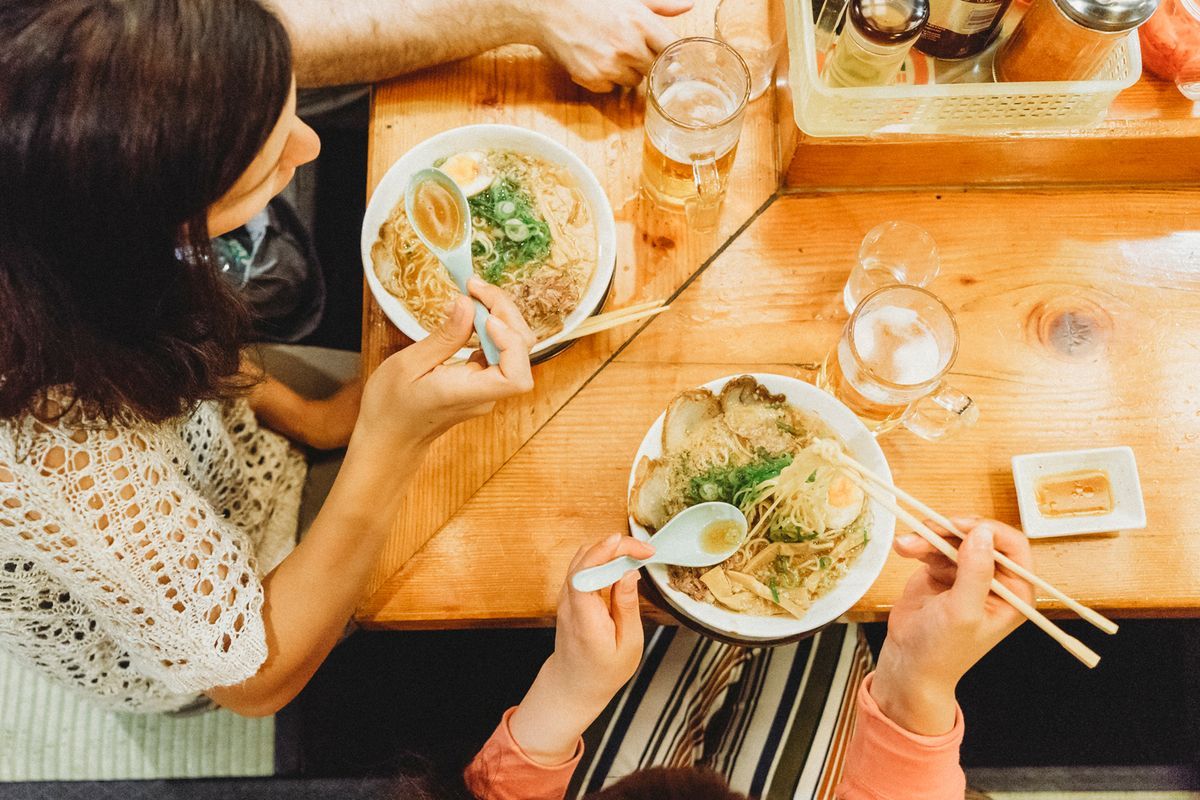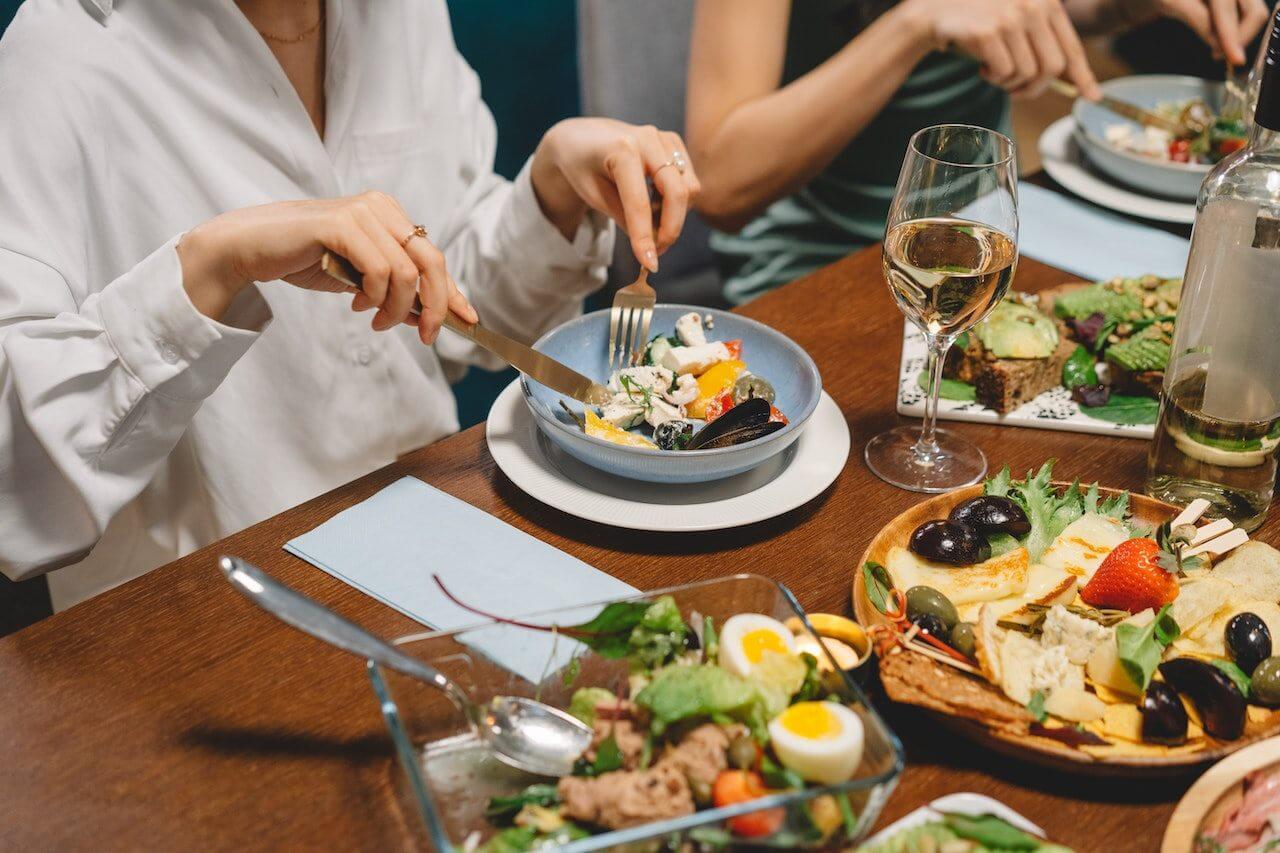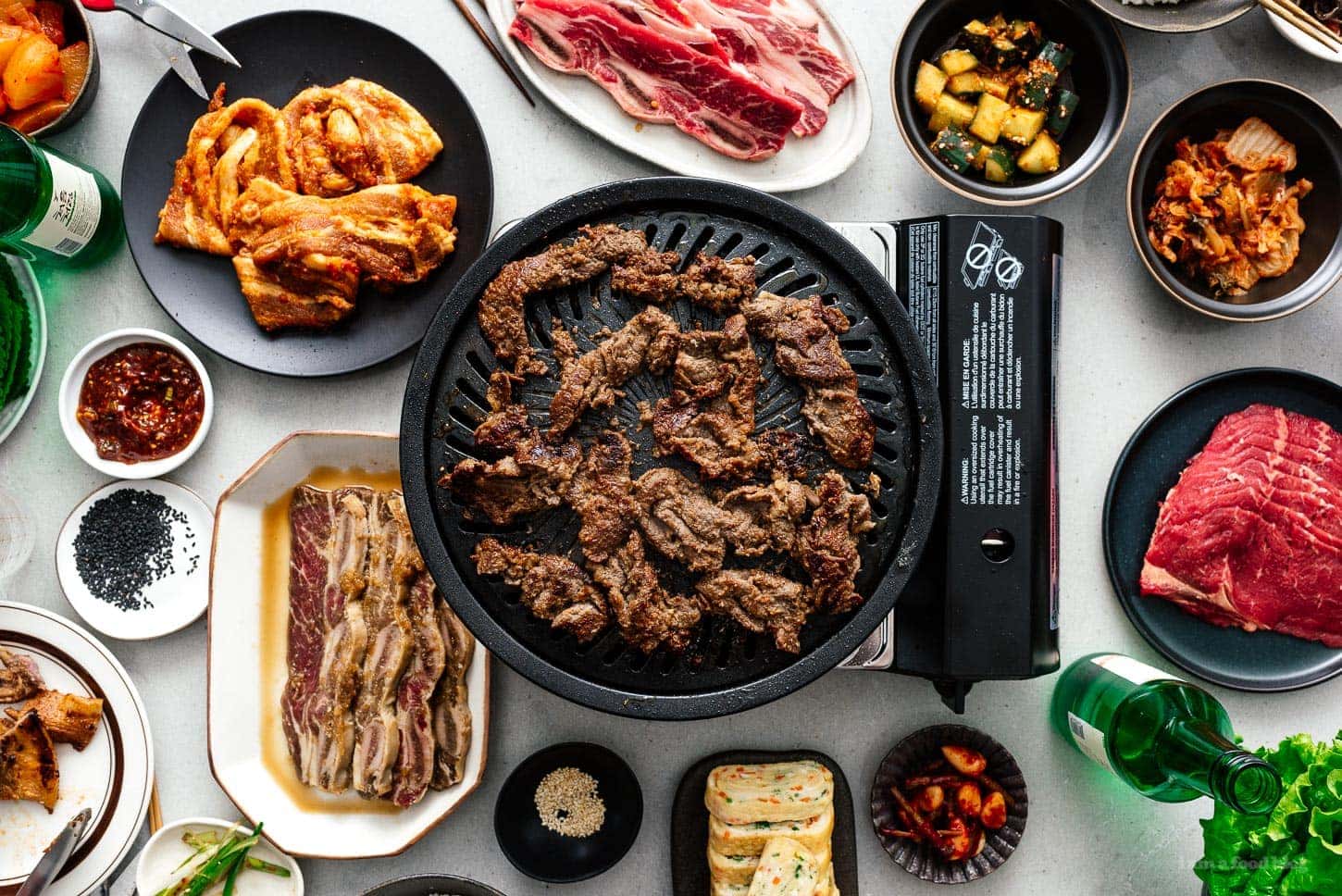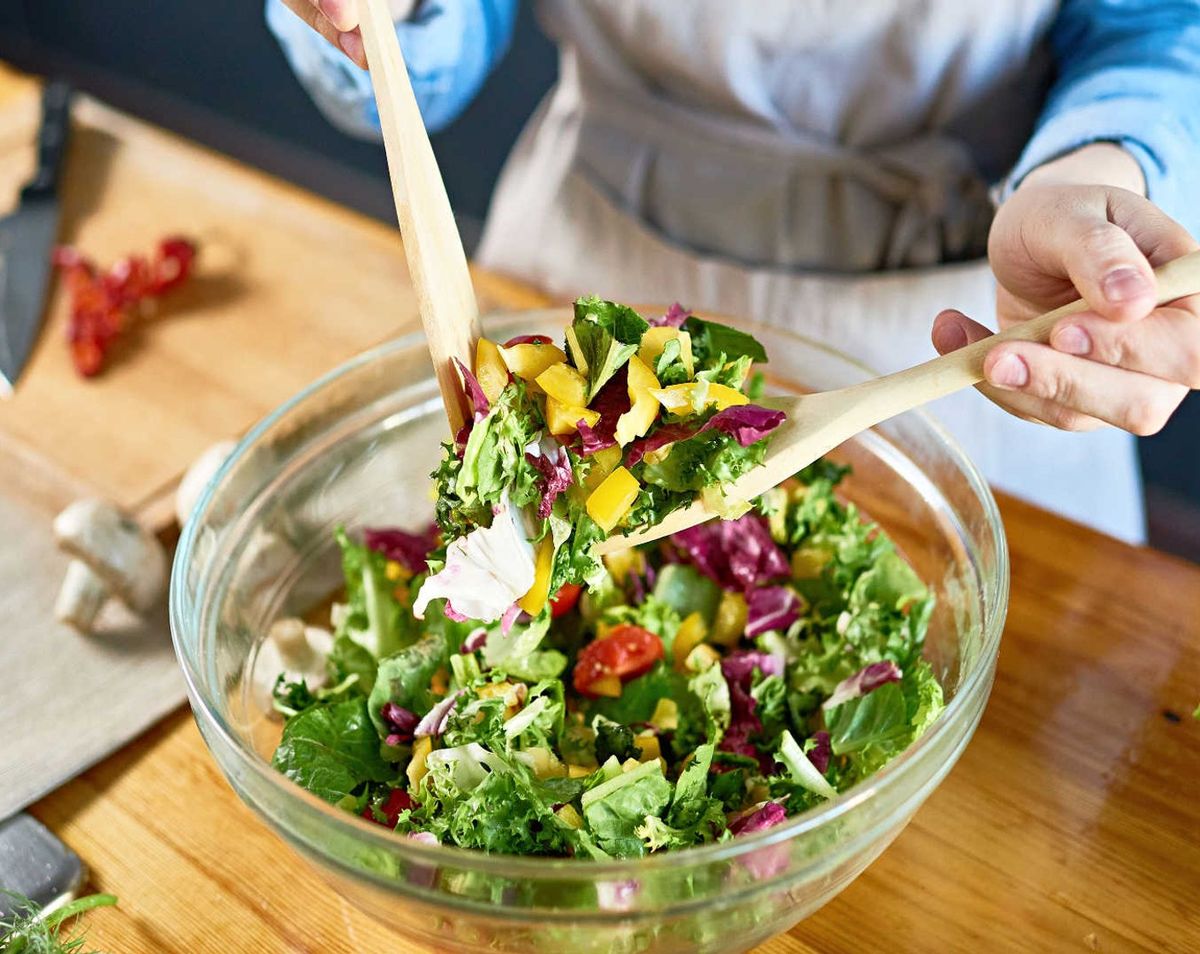How to Enjoy a Feast Without Feeling Stuffed
Are you ready to indulge in a delicious feast without feeling uncomfortably full? Whether you’re attending a holiday gathering, celebrating a special occasion, or simply craving a hearty meal, there are several strategies you can use to savor a variety of dishes without overeating. By making mindful choices and adjusting your eating habits, you can enjoy a satisfying meal without experiencing that overly full sensation. Here are some tips to help you eat a lot of food without getting full:
1. Pace Yourself
When faced with an array of tempting dishes, it’s easy to dive in and eat quickly. However, eating at a slower pace can help you savor the flavors and prevent overeating. Take small bites, chew your food thoroughly, and pause between bites to gauge your hunger levels. By slowing down, you’ll give your body a chance to register fullness, allowing you to enjoy more food without feeling stuffed.
2. Choose Wisely
Opt for nutrient-dense foods that are rich in fiber, protein, and healthy fats. These foods can help you feel satisfied without consuming excessive amounts. Fill your plate with colorful fruits and vegetables, lean proteins, and whole grains. By prioritizing nutrient-rich options, you can indulge in a variety of foods without overloading on empty calories.
3. Mindful Portions
Instead of piling your plate high with every dish available, practice portion control. Start with small servings of each item, and allow yourself to go back for seconds if you’re still hungry. This approach allows you to sample a wide range of foods without feeling overly full. It’s all about balance and moderation.
4. Stay Hydrated
Drinking water throughout your meal can help you feel more satisfied and prevent overeating. Sometimes, our bodies mistake thirst for hunger, leading us to consume more food than necessary. By staying hydrated, you can better gauge your body’s true hunger signals and enjoy your meal without overindulging.
5. Be Mindful of Your Body’s Signals
Pay attention to your body’s cues and stop eating when you start to feel comfortably full. It’s important to listen to your body and respect its signals of satiety. Pushing past the point of fullness can lead to discomfort and diminish the enjoyment of your meal.
6. Enjoy the Experience
Eating is not just about consuming food; it’s also about the experience and the company. Engage in conversation, savor the flavors, and appreciate the effort that went into preparing the meal. By focusing on the overall experience, you can derive satisfaction from the meal without solely relying on the quantity of food consumed.
By incorporating these strategies into your eating habits, you can relish a generous spread of food without feeling overly full. Remember, it’s not just about how much you eat, but also about how you eat. With mindful choices and a balanced approach, you can enjoy a satisfying meal without the discomfort of overeating.
Was this page helpful?
clipping path service
Clipping path service is the process of removing an image background. It can be used for a variety of reasons, like creating a transparent PNG or improving high quality image. There are many ways to remove an image background, but the most common is using a clipping path service.
